Road bikes with a motor are one of the hottest trends of the year. Read our GRANFONDO E-road bike special to find out what all the fuss is about.
Pedelec (Pedal Electric Cycle)
Whilst all bicycles with an electric motor are commonly referred to as eBikes, most of them are technically called ‘pedelecs’. With this type of bikes, the motor unit provides support up to a speed of 25 km/h and a nominal power (rated continuous power) of a maximum 250 watts. Pedelecs are effectively a sub-category of eBike. In Germany, pedelecs have the same legal status as non-motorized bicycles and don’t require a driving licence, helmet or insurance cover to ride. There are two more types of eBike. S-Pedelecs, which provide support up to a speed of 45 km/h and power-on-demand ebikes, which have a throttle just like a motorbike. Both are subject to a number of legal regulations. In accordance with the terminology commonly used in the industry, we will refer to all E-road bike pedelecs as ebikes from hereon in.
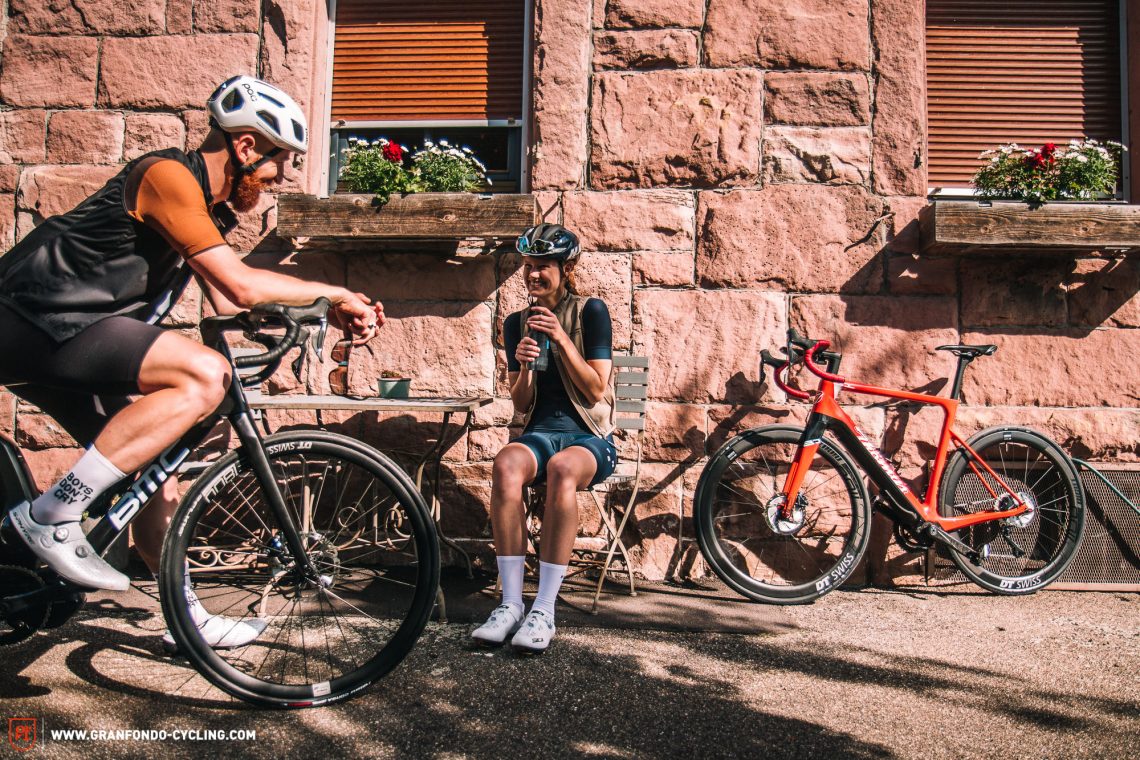
S-Pedelec
Providing assistance up to 45 km/h, a maximum rated power of 4,000 W and support of up to 400%, S-Pedelecs require a number plate and insurance. Legally, they the same status as a motor vehicle and therefore require you to have a driving licence for at least a moped, motorcycle or car. This also means you can only ride your S-pedelec where it’s legal to drive your car and cannot ride on cycle paths with it.
Watt
Just like eMTBs, the power of E-Road bike is measured in watts. In Europe the law limits the nominal power of a pedelec motor to 250 W. However, depending on torque (Nm) and cadence, all motors achieve much higher peak output for short periods of time.
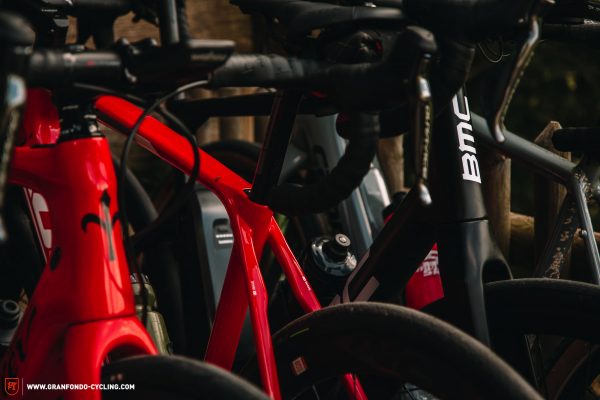
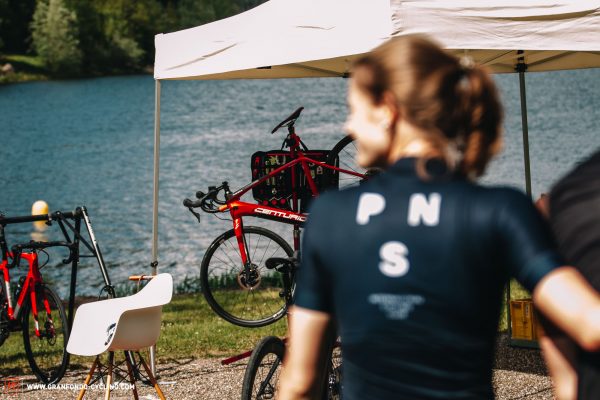
Watt-hour
The capacity of a battery is measured in watt-hours (Wh). Currently, most E-road bikes feature a 250 Wh battery. Some manufacturers, for example Ebikemotion, offer up to two additional external batteries for a total capacity of 750 Wh.
Torque
Torque is measured in newton metres (Nm) and describes the rotational force of the motor that is used to support the rider while pedalling. The higher the torque, the stronger the support the rider gets.
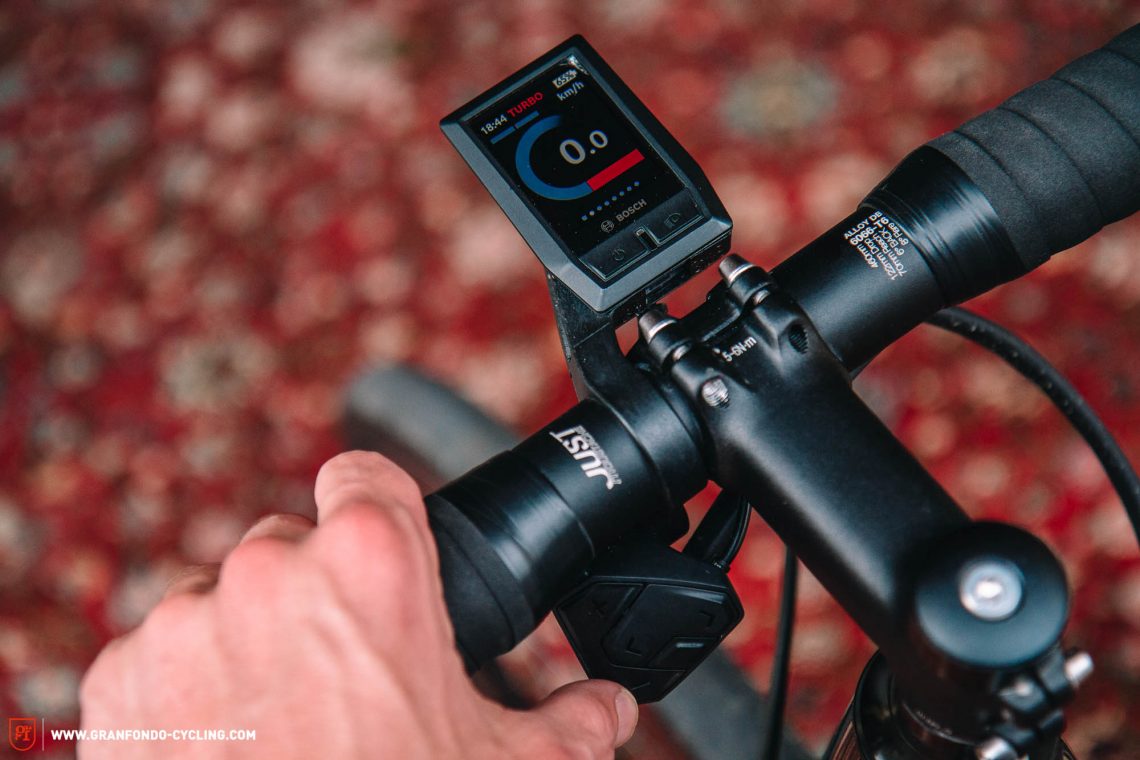
Support levels
Depending on the manufacturer, you have a choice of three to five support levels. These control how much power the motor adds to your own pedalling input. Support is usually expressed as a percentage. For example, with 100% assistance, the motor adds 100% of your own pedalling input, effectively doubling your leg power.
Range
Battery range depends on many factors: capacity, support level, body weight, rolling- and air- resistance, temperature, cadence, terrain, tire pressure, tires tread etc. Because so many factors can influence your range, it is impossible to settle on a standard range-per-charge rule. To avoid generalisations and misrepresentations, we deliberately avoid specifying the range of our test bikes.
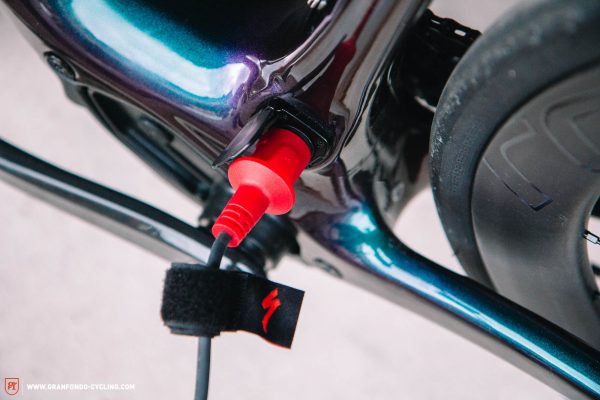
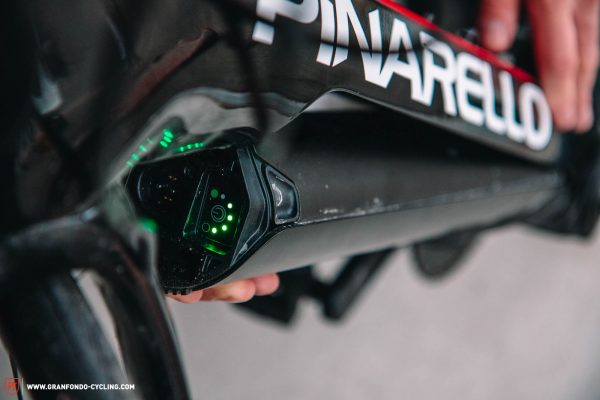
Optimal cadence
Every human body has an optimal cadence and every motor has its optimal speed range. For example with the FAZUA motor, this lies between 65 and 85 rpm. This is where the motor works most efficiently and can provide the most power. Ideally that should coincide with the rider’s optimum range, so that both machines can work efficiently.
Pedalling resistance
According to EU law, you’re not allowed to use the support of the motor above the 25 km/h threshold. At this point, it is important that the motor can decouple entirely to avoid internal resistance and it’s also preferable for it to reengage smoothly when dropping below the limit. Different models achieve this with varying success.
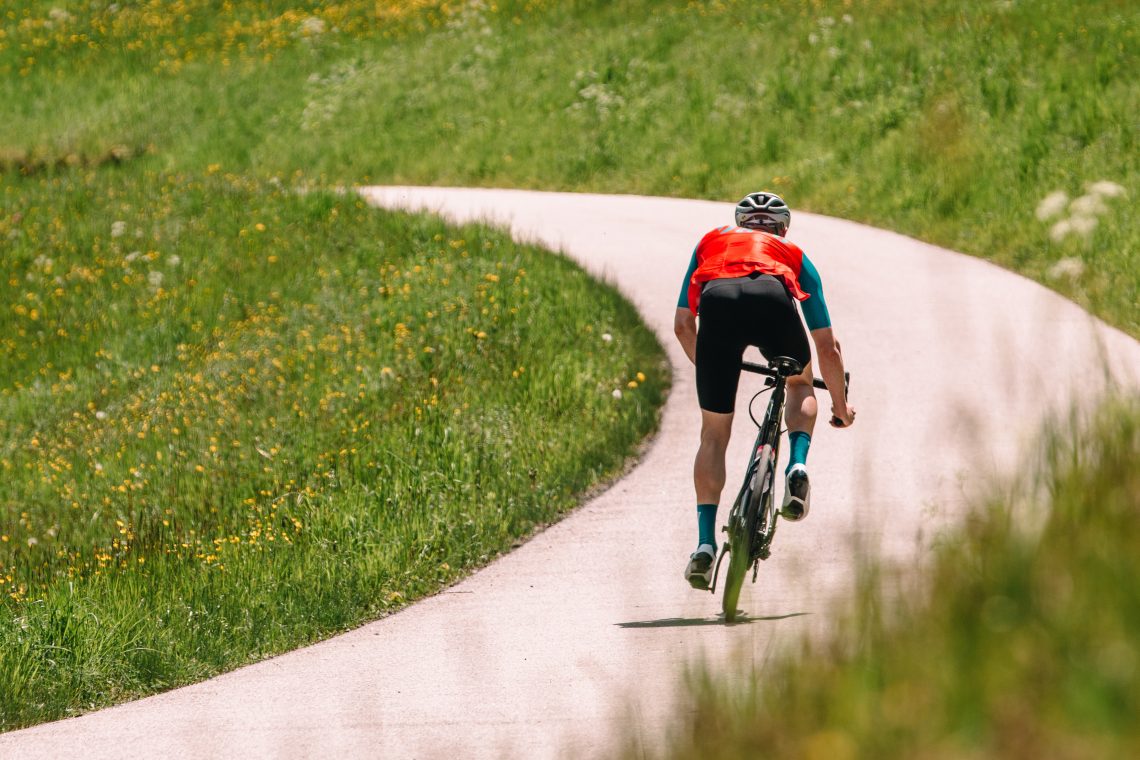
Did you enjoy this article? If so, we would be stoked if you decide to support us with a monthly contribution. By becoming a supporter of GRAN FONDO, you will help secure a sustainable future for high-quality cycling journalism. Click here to learn more.
Words: Felix Stix, Benjamin Topf Photos: Robin Schmitt







